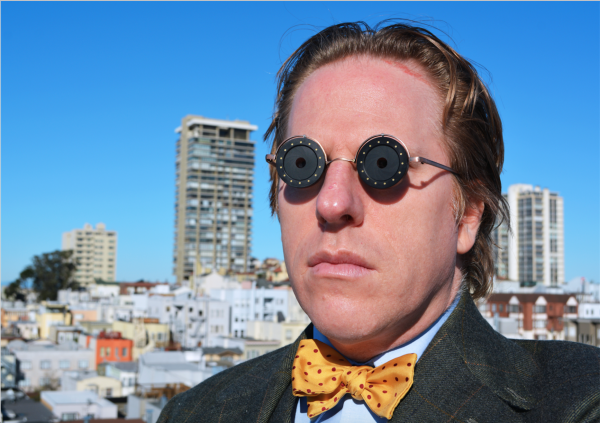LACMA Art + Technology Lab grant recipient Jonathon Keats is working on a project called Superego Suits. The endeavor integrates biosensors and robotics into garment design, blending neuroscience with fashion as a means of enhancing the wearer's self-image. We talked with Jonathon to learn more. Here is what he had to say:
How did you arrive at the concept for the superego suit?
The superego suit concept emerged serendipitously several years ago, when I learned of some fascinating research taking place at a neuroscience lab in France, at the École Polytechnique Fédérale de Lausanne. Scientists there were studying how we attain our sense of self, and finding it to be based on interoception—the internal awareness of bodily functions such as heartbeat and breathing. In a series of lab experiments, the researchers showed that subjects' selfhoods could be manipulated by tweaking their perceptions of their own vital signs.
At around the same time, I was reading about wearable computing, which was rapidly becoming more powerful and pervasive, providing wearers with enhanced cognitive abilities. (For instance, GPS can augment your sense of direction, and web access vastly expands your repository of knowledge, providing a prodigious surrogate for memory.) I started thinking about what wearables might do in the future, as they become more technologically advanced and more deeply embedded in our lives. I began wondering how these enhancements might fundamentally alter people's sense of self. I wondered what enhancement would mean for individuals and society.
As an experimental philosopher, I decided to explore our technologically augmented future by speculatively applying neuroscientific research on interoception to hypothetical wearables. And I chose to do so within a realm that has always been concerned with identity: the realm of fashion.
Historically fashion has relied on innovations in manufacturing and materials science, but most clothing has remained functionally conservative, especially when compared to technological uptake in other areas of architecture and design. That's starting to change with stylish Apple products, and developments will most likely accelerate as companies such as Google pursue smart fabrics and flexible computing.
So fashion seems a natural space for wearable computing to morph who we are (or believe ourselves to be). By manipulating mechanisms such as interoception, we may be able to become more extreme versions of ourselves and also to selectively try on other people's personae. Technology may further entrench egotism, facilitate empathy, or even redefine the concept of personality. And it may happen so subtlely, through such seductive means, that nobody bothers to question the significance of these changes. The superego suit project is my attempt to explore these possibilities, presenting them in tangible form in order to provoke conversation before any eventuality becomes a foregone conclusion.
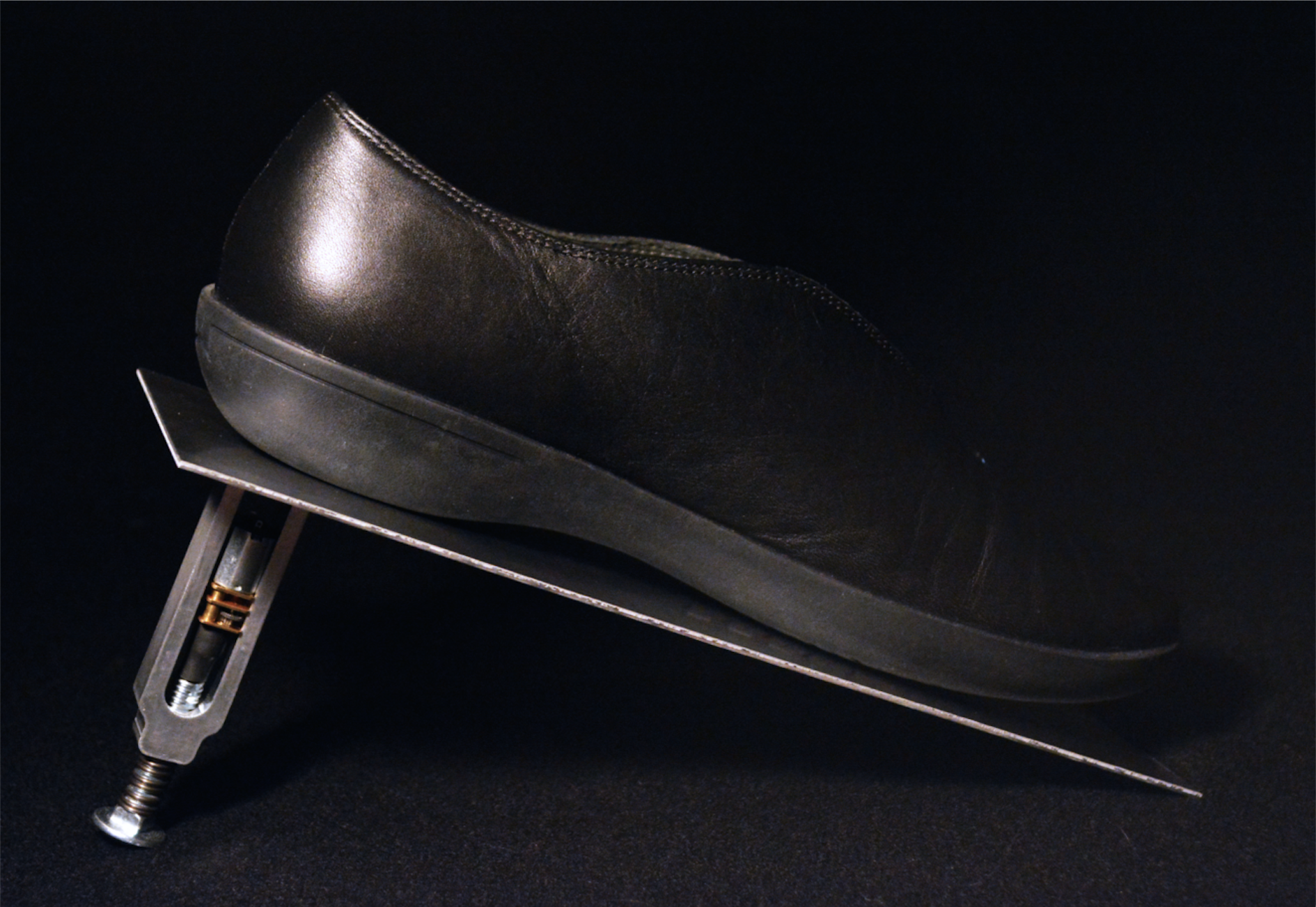
Research is an integral part of your process. You've spent the past year poring over a large number of neuroscience, fashion, and design publications, as well as talking with our curators and technology advisors. How has your project evolved since you started the Art + Technology Lab program?
One of the great benefits of affiliation with the Art + Technology Lab has been the opportunity to expand my thinking about the superego suit in terms of both concept and execution.
My reading of recent neuroscientific literature has resulted in several other ideas I've decided to pursue, complementing my work on interoceptive fashion. One of these entails the connection between posture and hormone release. According to several Harvard studies, the positioning of limbs correlates with the release of testosterone and cortisol, chemicals that modulate confidence. I'm developing garments that can dynamically shape the body in response to ambient hormone levels, effecting positive or negative feedback loops in which confidence is either amplified or restrained.
I've also become interested in new research on the sensation of free will. Laboratory studies at Florida State University indicate that people believe themselves to have free will when they're fully in control of their bodies, and the sensation of free will diminishes as their bodies succumb to involuntary urges such as the need to urinate. I'm attempting to dynamically adjust people's belief in their personal freedom through another fashion item: elevator shoes with motorized heels that alter the wearer's height in response to gaze. The shoes will make you taller or shorter depending on whether you're looking up or down at other people, either boosting or undercutting your physical presence. (Alternately the stimulus might be sexual arousal: height might be adjusted to make you more or less attractive in response to your attraction to potential mates.)
By familiarizing myself with the history of fashion and speaking with LACMA costume and textiles curator Kaye Spilker, I've been able to develop these ideas; points of reference range from tight-laced Victorian corsets to the coats worn by 17th-century French nobility, which were tailored to artfully restrain their physical movement.
Interaction with Lab advisors has been equally important, albeit for different reasons. Over the past several months, I've conferred with advisors from Hyundai, Gensler, SpaceX, and Nvidia, experts in their fields who have helped me to explore how I might apply my ideas beyond the domain of fashion.
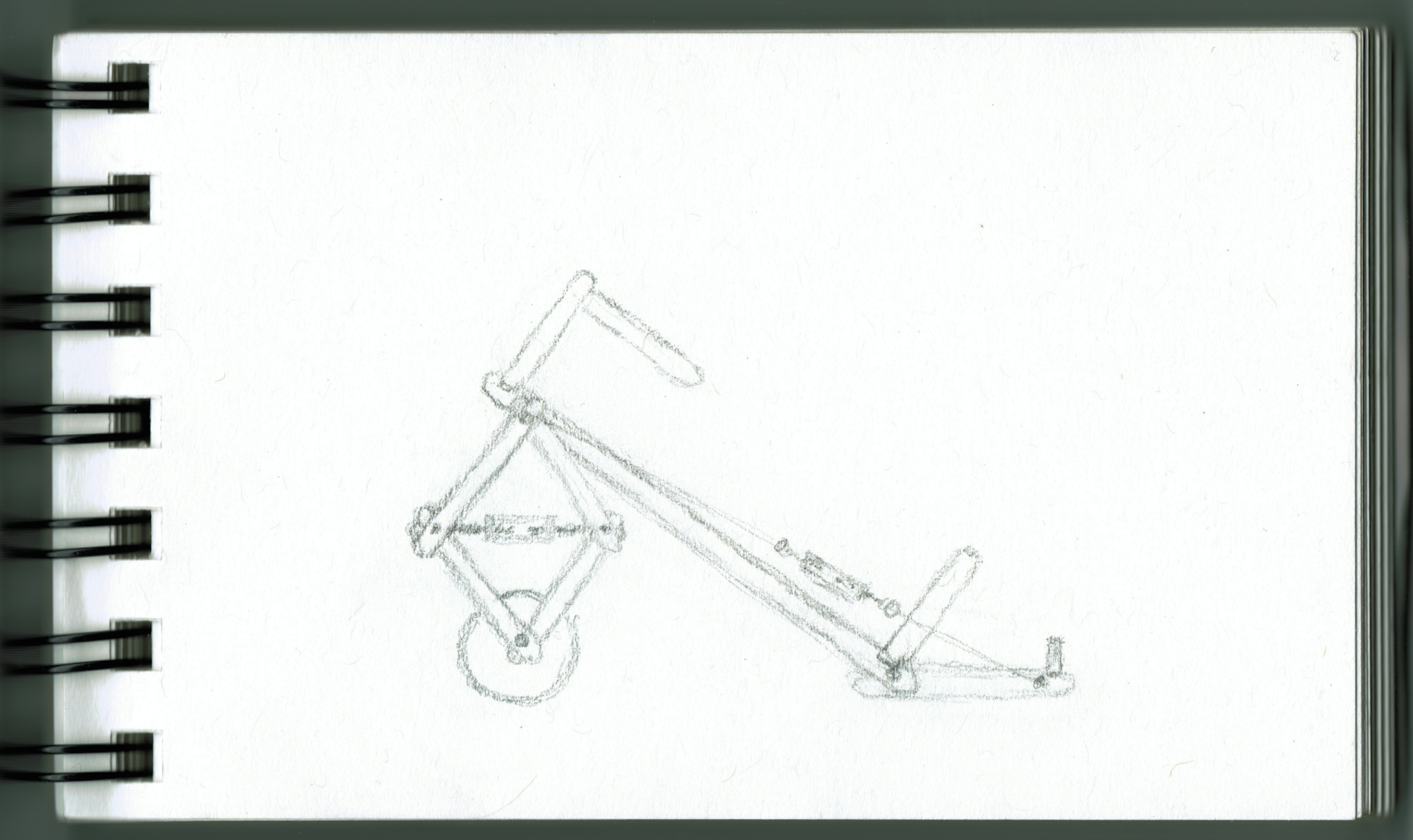
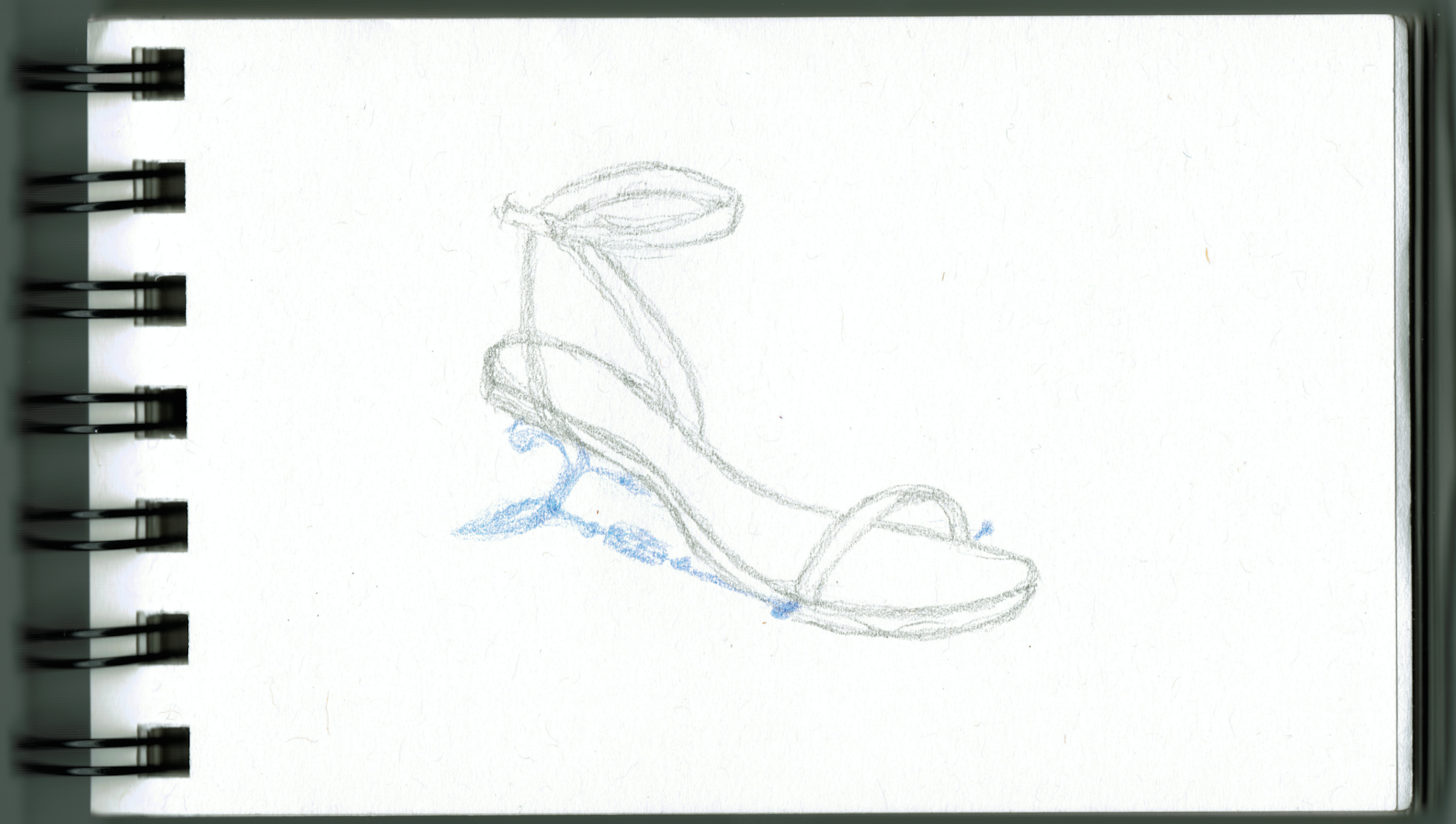
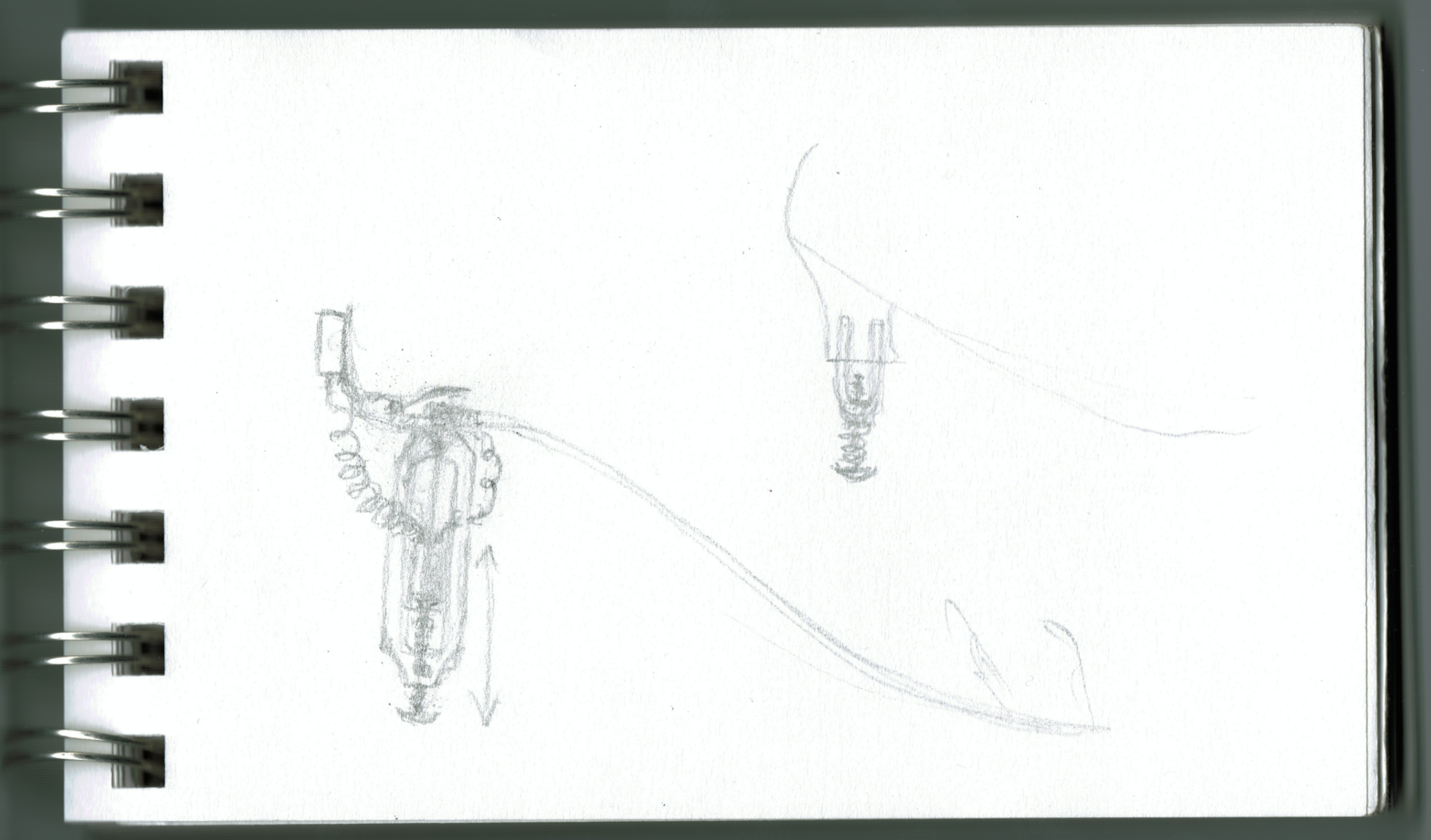
Your approach to working with technology suggests that you see it as something that can significantly reshape the way humans engage in the world around them. What can listening to our bodies with these new tools tell us about ourselves?
I believe that all new technologies deeply impact our engagement with the world. However, most technologies, seen individually, exert an almost imperceptible influence on society. They represent incremental changes and are adopted without scrutiny. The depth of their impact is cumulative, and is therefore extremely difficult to control or consider intelligently.
One great value of speculative design, as I see it, is to make palpable the potential consequences of our present technological trajectory: to preview how we may engage with the world given plausible hypotheticals. The fashion items I'm making allow us to observe our future selves with enough remove that we can cast judgment, or at least initiate a process of self-examination. Wearing my devices—or seeing them worn by a model in the fashion shoot I'll soon be orchestrating at LACMA—you can get a read on your own psychology, your system of beliefs about who you are in relation to technology. I am attempting to invent wearable thought experiments.
Crucially they are not polemical, let alone satirical. I am neither for nor against technology in the abstract, and my opinions about specific technologies are of little consequence. To have any real impact on our technological future, we need to consider technology collectively in pursuit of reasoned consensus. We all need to become futurists.
While none of my hypothetical technologies are motivated by satire, my prototypes are intentionally outlandish. For instance, my free-will footwear contrasts traditional leather with steel screws and motors. And interoception is augmented by a special kind of sunglasses that dilate in time with breathing: When you wear them, your ego expands to encompass everything in sight.
I have chosen absurdist instantiations of my ideas because they dramatize the break from the present that may accrue through imminent incremental changes. I have chosen to make these absurdist instantiations real (rather than describing them in science fiction) because their reality makes their possibility visceral while preserving the ambiguity of their meaning.
Everything is open to questioning in my work, including my premises, which are really only assumptions reflecting our society's current faith in neuroscience. In addition to all of the questions we need to be asking about our willingness to merge our deepest selves with the latest technologies, we need to critically examine the limitations of a neuroscientific understanding of our minds.
You can think of my speculative inventions as philosophical prostheses. They are mechanisms built to extend our working imagination.
In March, Jonathon will be giving a talk on his project in the Lab. The Art + Technology Lab’s 2016 request for proposals is still open. The submission deadline is 11:59 pm on February 24, 2016.



